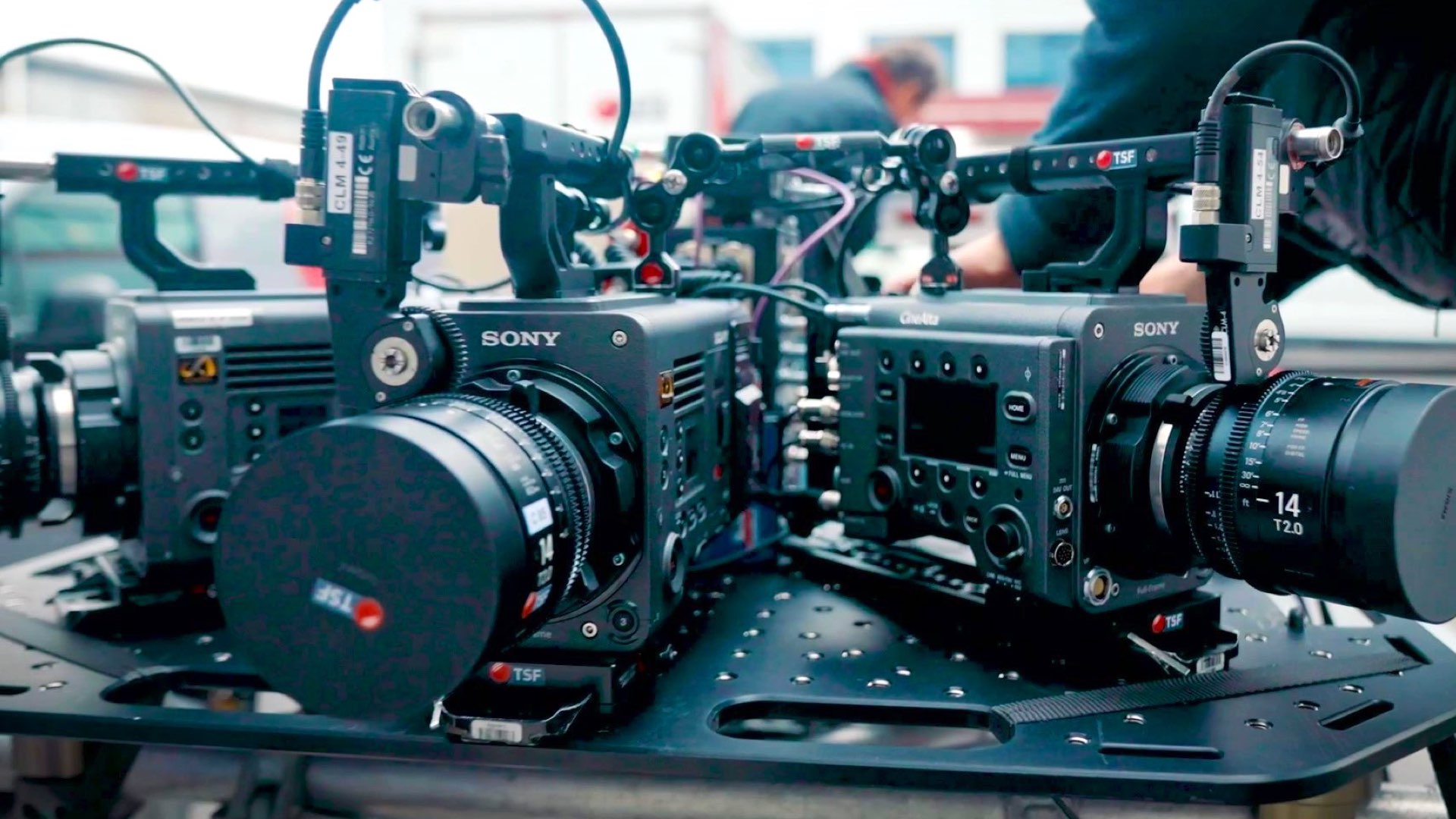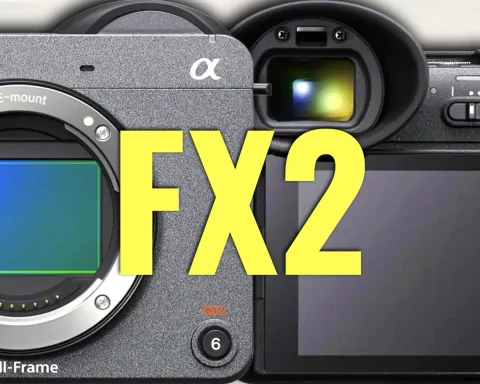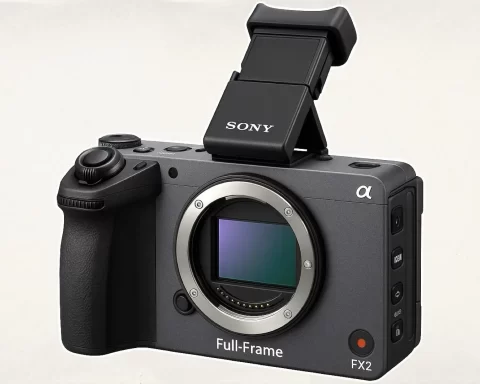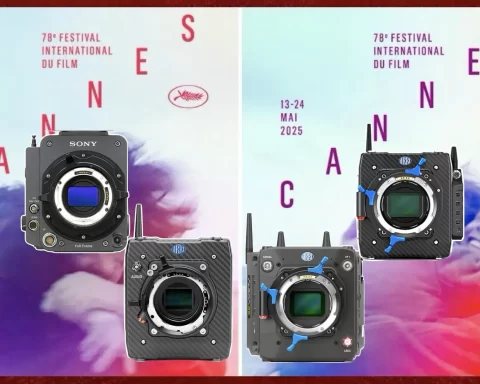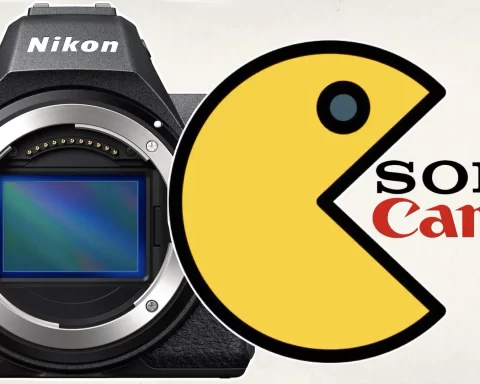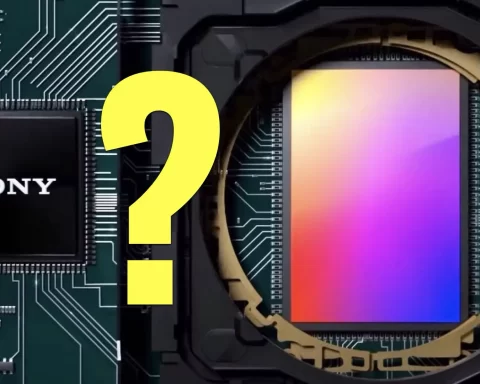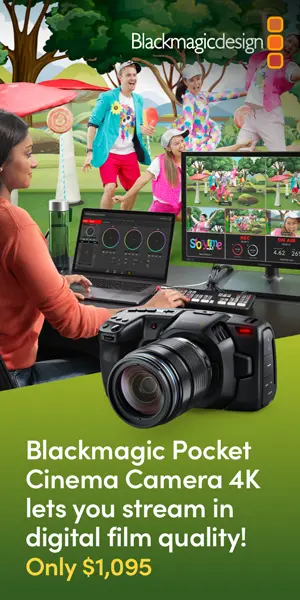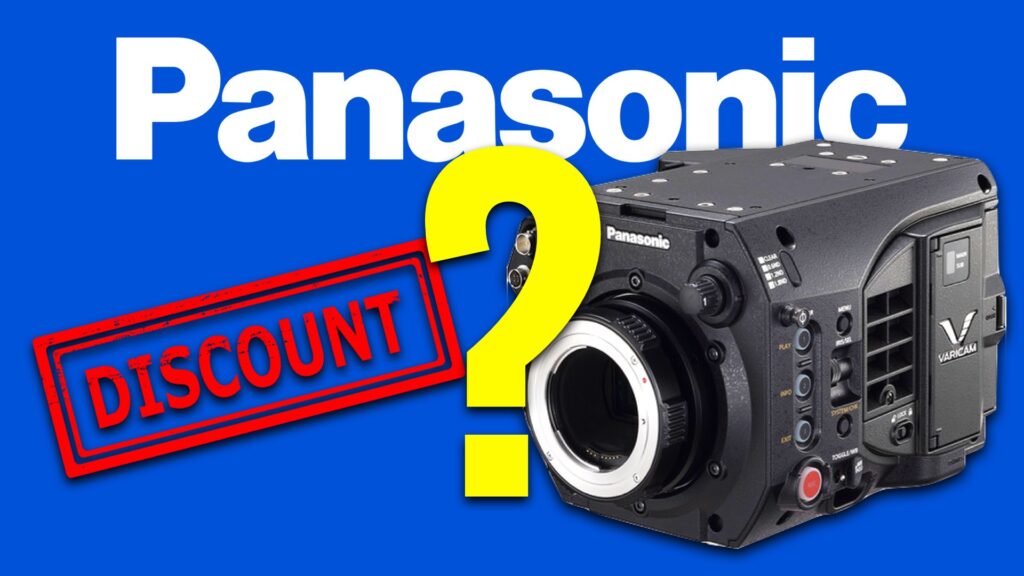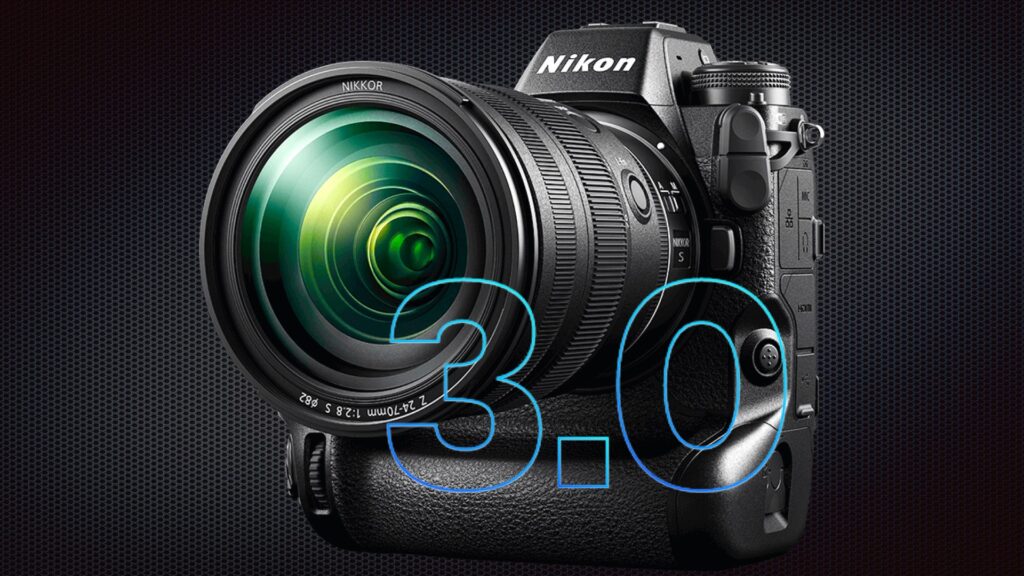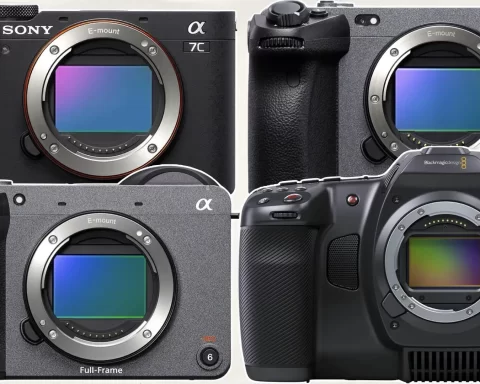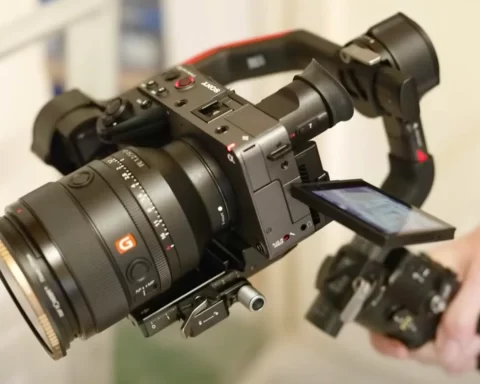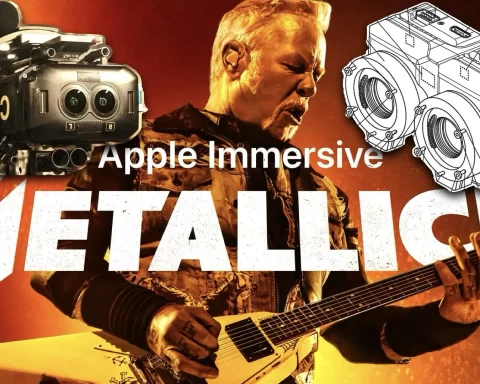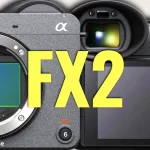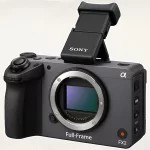Shooting plates seem to be a simple process. The challenge is mainly focused on choosing the right cameras, and lenses, and assembling the rig. However, which is preferred? Shooting with an array of cinema cameras, or with one camera and an ultra-wide cinema lens? Here are some insights.

Cinematic plates
Sometimes it’s hard to shoot a scene where you really want to shoot it. For instance, shooting at the Champs-Élysées. Hence, you’d prefer to shoot a plate. That’s when background plates come in handy. Background plates are a type of compositing, which is the technique of combining foreground and background elements into a single shot. Thus, plate shots are images you capture of the background, usually without your subjects (or some other objects, like light stands) in the frame. Plate shots are typically used for the purpose of creating a composite (or plate composite) in post. Hence, you want to shoot that plate with a maximum resolution, and that’s the reason that plates for huge screens – movie theaters are being shot by an array of cinema cameras.

Utilizing an array of cinema cameras
We wrote a series of articles about using an array of cinema cameras to shoot plates. For instance, make sure to read the articles below:
- World’s First RED V-Raptor 8K Aerial Camera Array
- The Aerial Cinematography of Black Widow: Orchestra of VENICE + Premista, RED + Zeiss, on Drones and Helicopters
- Panavision Unveils Crazy 9 DXL2 Array on “The Little Things” Set
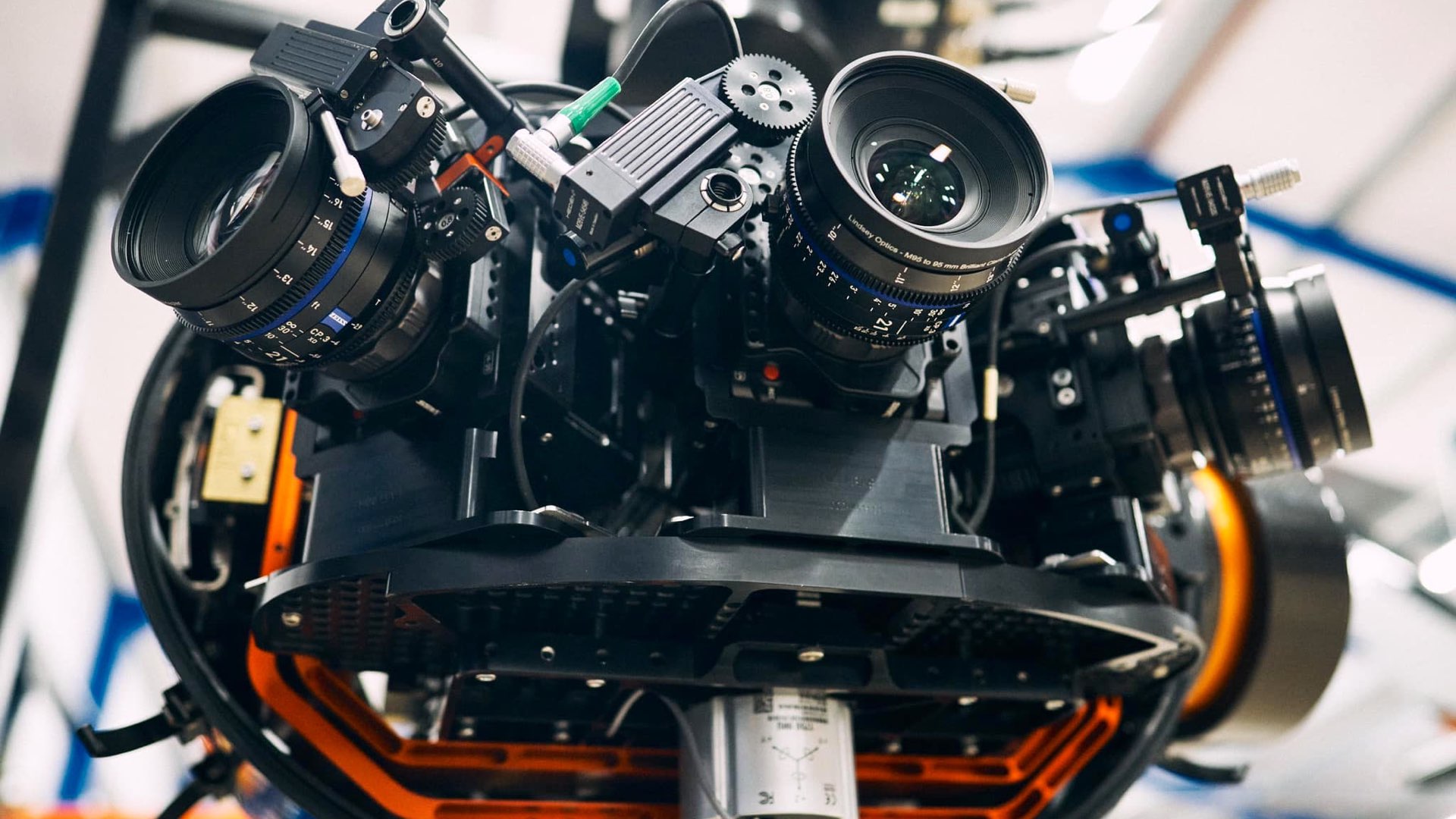
Each camera captures a defined area, which will be stitched together in post. An array can be between 3 to 9 cinema cameras, and even more. The paired lenses would be wide-angle lenses for most arrays, in order to maximize capturing. However, if the camera is capable of shooting on very high resolution, an ultra-wide lens can be utilized to simply reduce the cameras in the rig. As demonstrated by the case study below, Sony VENICE was paired with the super wide Entaniya HAL 220, in order to shoot the plate.

An array of cinema cameras, vs. Entaniya HAL 220
DP Nicolas Eveilleau, working in association with TSF, tested two different VENICE set-ups for shooting plates using a car driving on Paris’s famous Champs-Élysées Avenue. The first set-up used a single VENICE camera and a special fish-eye lens – the Entaniya HAL 220 – which covers 220 degrees with a single sensor. This provided a 180-degree usable configuration and was the simplest and most economical option. The second set-up used three Sony VENICE cameras with 14mm lenses to shoot footage that was later stitched together to provide very high resolution, 180-degree background plates for use in process shots of a traveling car.
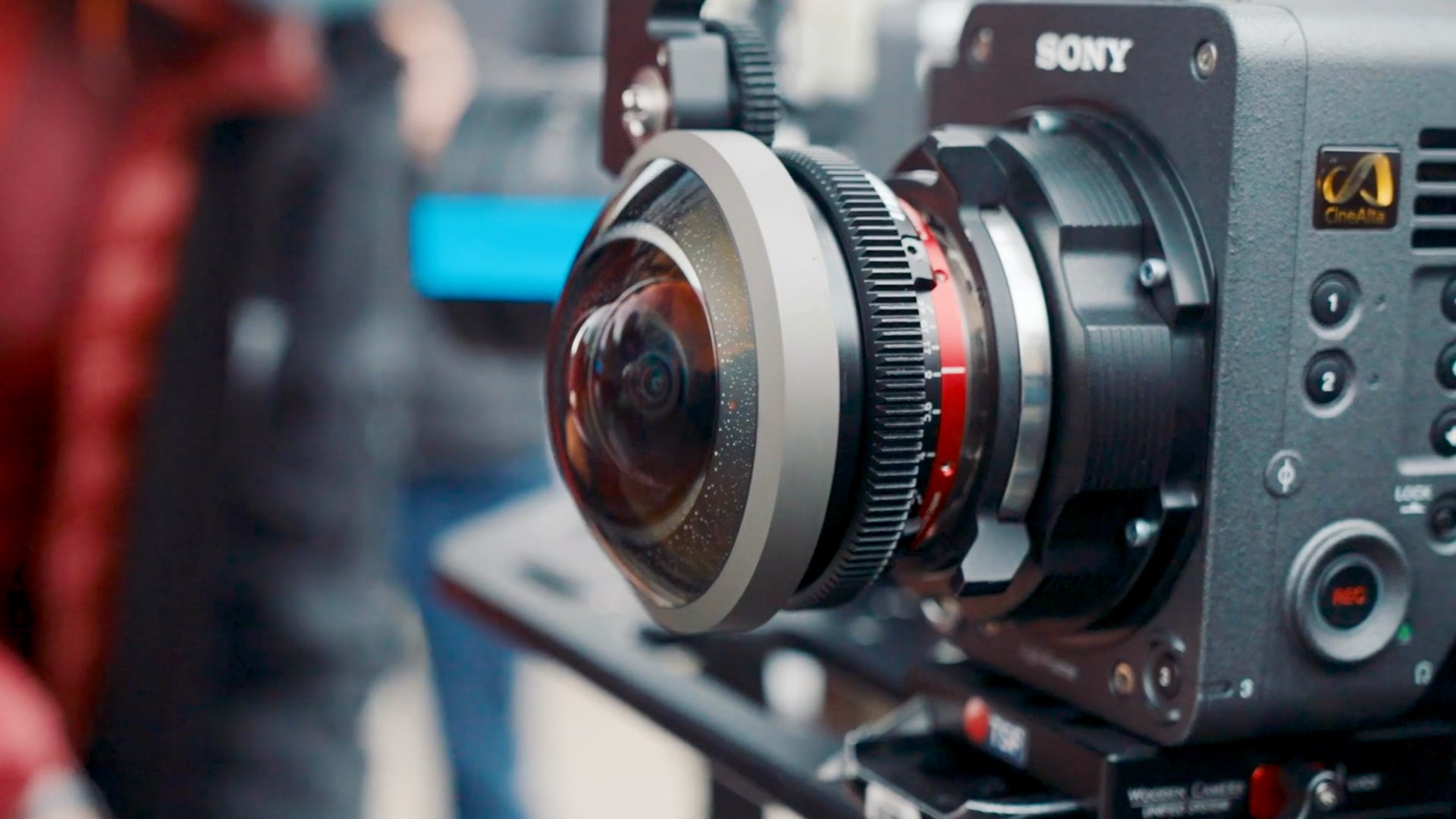
Execution
As stated by DP Eveilleau: “The driving scenario is a typical one for rear projection and the dynamism of the background movement plays into a strength of the VENICE camera with its extremely fast sensor refresh rates – even very small amounts of skew can spoil a background plate”. Explore the photos in the article to learn more about the rig.

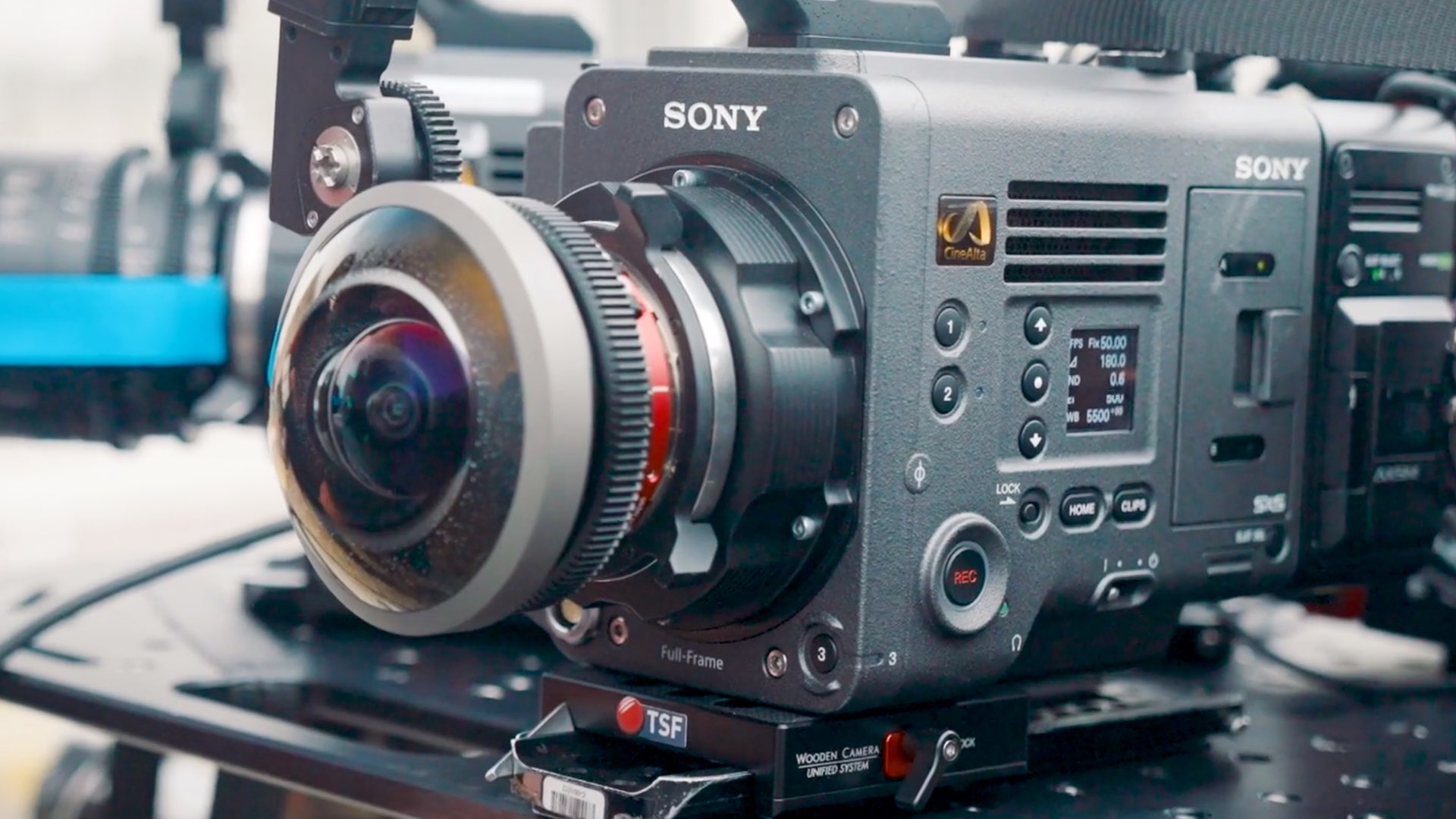
Simplicity and affordability vs. resolution
By merging the output of three cameras, the footage offers higher resolution, but it’s also more expensive with three cameras and a much bigger rig. It also increases post-production demands as the footage needs to be stitched together before it can be used. With the single camera with the fish-eye option, you only need to apply adjustments to correct the lens’ geometric distortion.

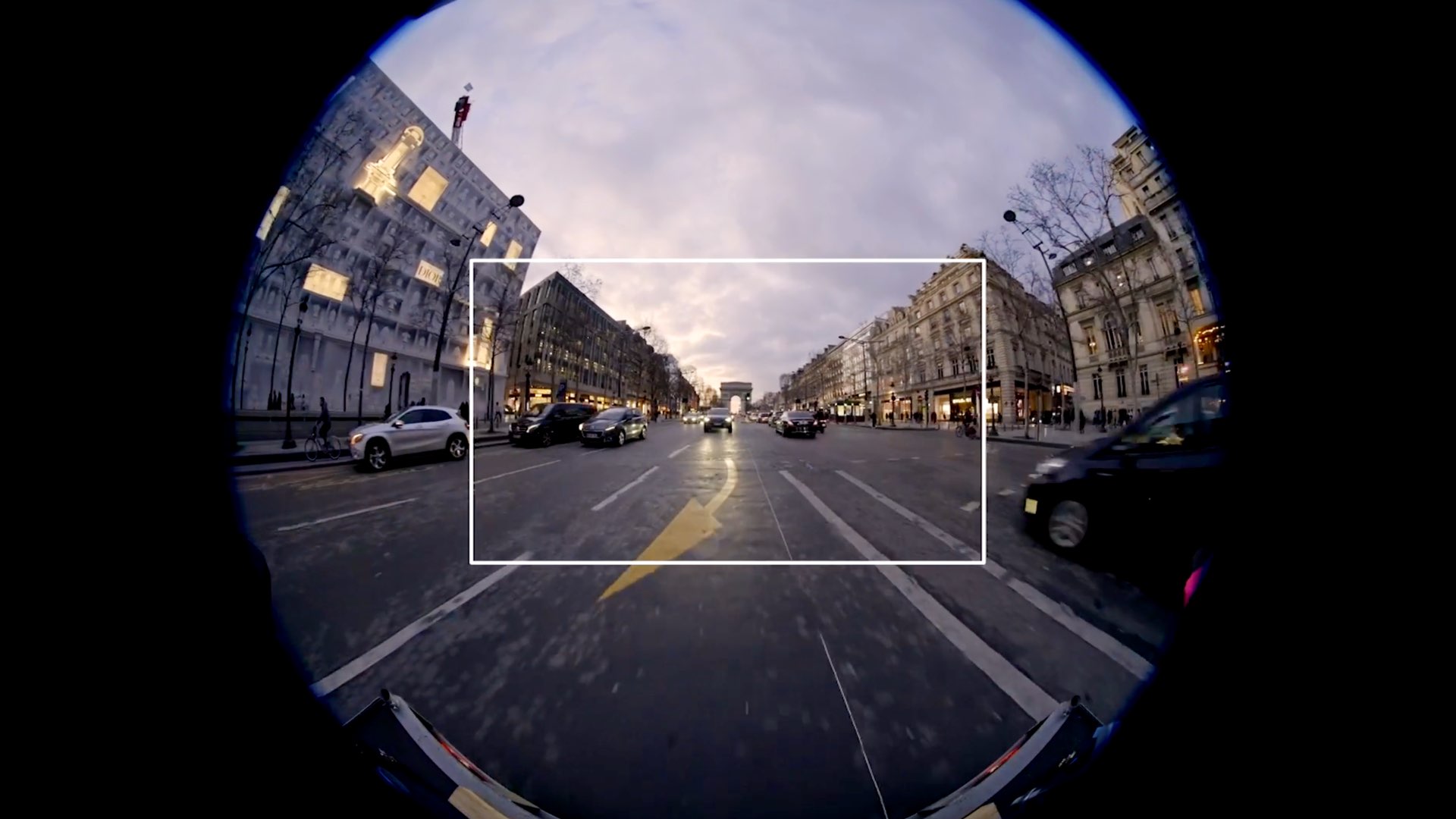
Conclusion
Eveilleau concluded his thoughts on this dilemma— using an array of cameras, or shooting with one camera paired with an ultra-wide lens dedicated to capturing plates: “If this shoot were staged today, a single VENICE 2 would be my preference: shooting 3:2 at 8.6K with a high-quality wide-angle full frame lens. Using a single very high-resolution camera is much easier than working with multiple lower-resolution cameras and stitching the images together. The 3:2 frame provides additional headroom for further reframing or for use in LED volumes with floor or ceiling extensions”. Indeed, there’s a significant difference (regarding resolution when shooting plates) between VENICE 1 (6K) and VENICE 2 (8.6K). Moreover, you might be considering using an ultra-high resolution camera like the ACHTEL 9X7 that can shoot in a very high resolution (9.3K). Explore our article demonstrating the ACHTEL 9X7 paired with the Entaniya lens to replace an array of six RED Monstro.
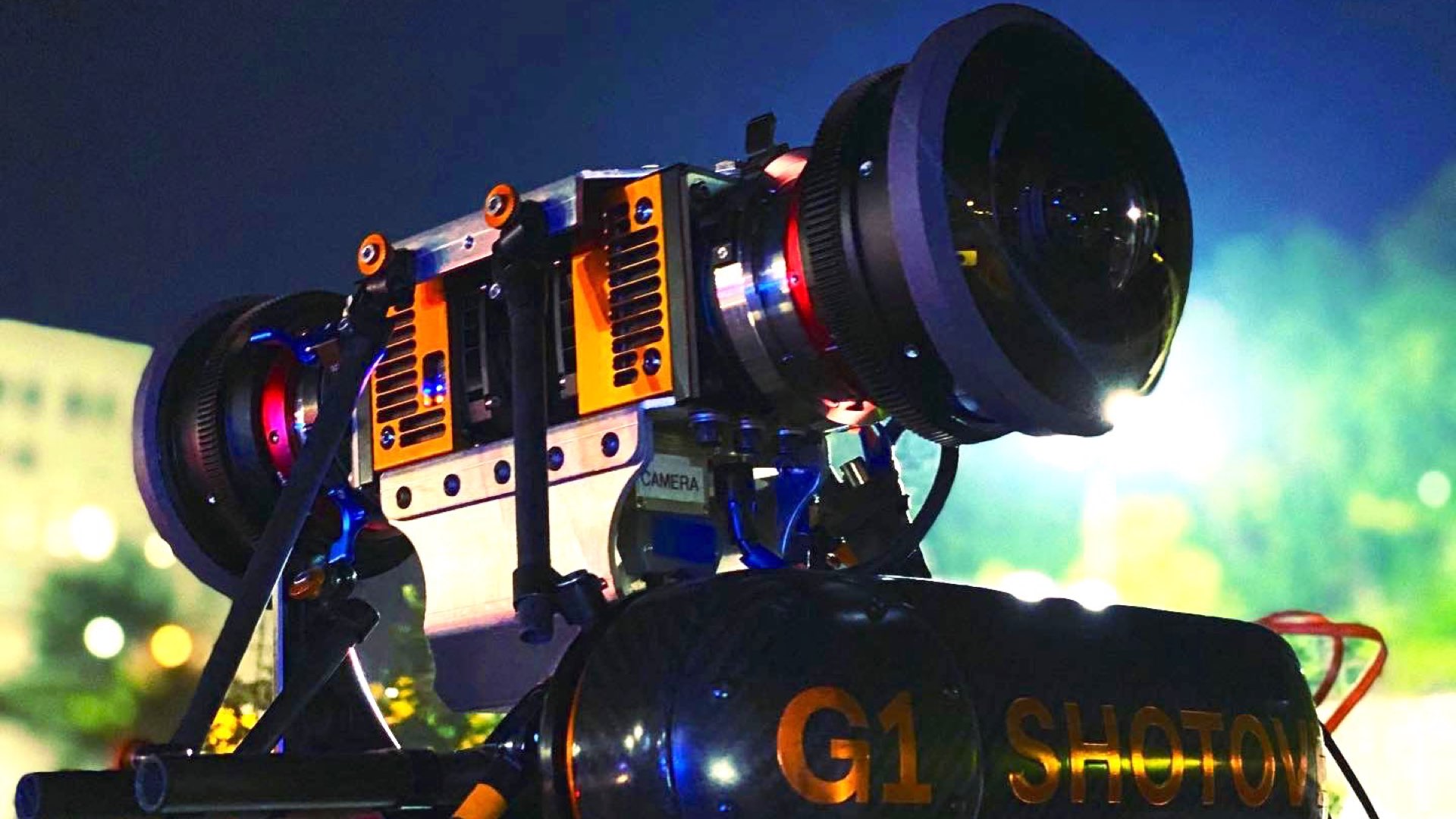
What would you prefer for shooting plates? Should you choose one ultra-high-resolution camera with an ultra-wide lens? Or should you prefer assembling a costly rig made of an array of cinema cameras for precise imagery?

